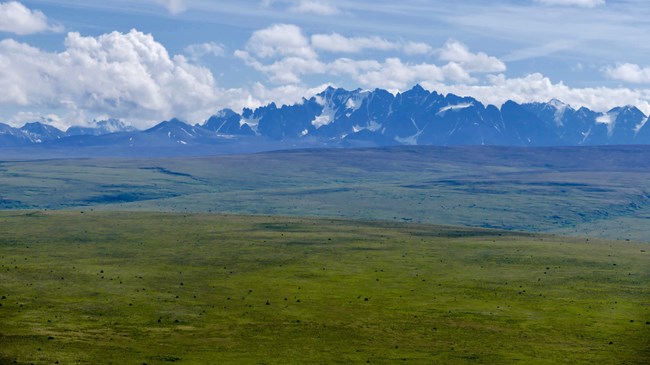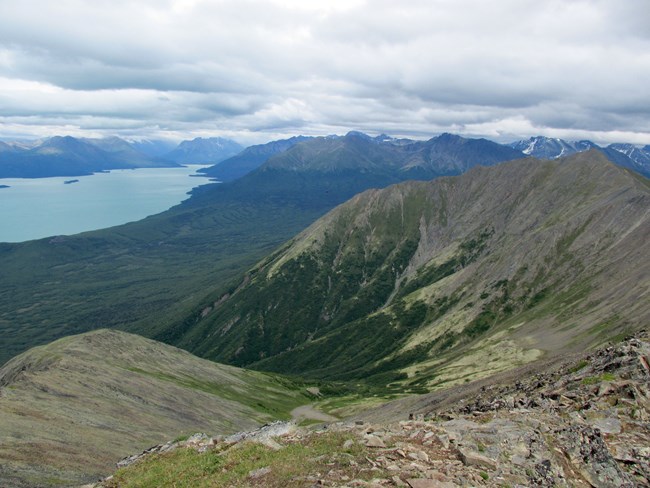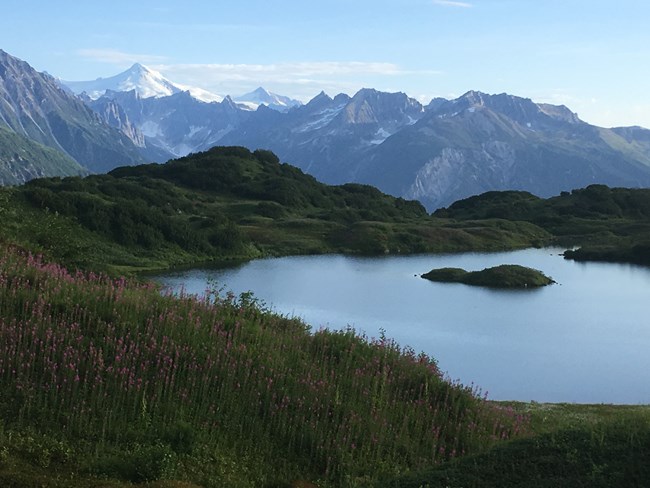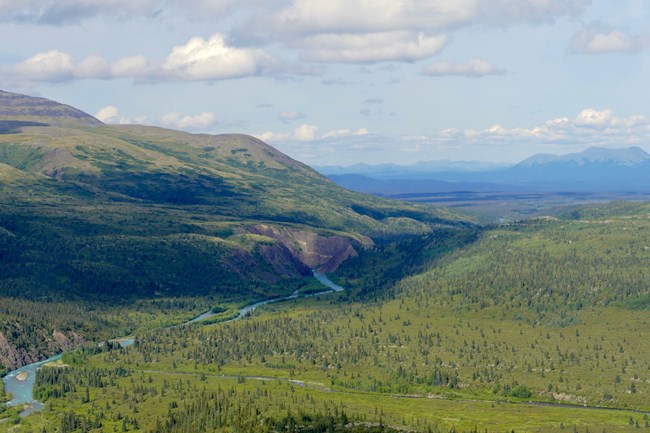Last updated: September 15, 2021
Article
Park Facts

NPS Photo/J. Mills
Purpose
Lake Clark National Park and Preserve is located in Southwest Alaska. The park has glaciers, jagged mountains, active volcanoes and tundra landscapes. Rivers and creeks flow throughout the park's rough terrain. These ecosystems support the Bristol Bay sockeye, or red, salmon. Local people still depend on the land and water and have for the past 10,000 years. Lake Clark is wild and rugged. There are no roads to the park, and it can only be reached by traveling in a small plane.
NPS Photo/A. Lattka
Established
December 1, 1978 Designated as a National Monument by President CarterDecember 2, 1980 Designated as a National Park and Preserve and enlarged through the Alaska National Interest Lands Conservation Act
Size
Total4,030,006 acres or about 6,297 square miles
National Park
2,619,713 acres or about 4,093 square miles
National Preserve
1,410,293 acres or about 2,204 square miles
*For comparison, the state of Hawaii is 4.11 million acres.
Land Cover
| Land Cover Type | Percentage | Acres | Miles2 |
| Sparsely Vegetated Gravel and Bedrock | 24% | 973,350 | 1,521 |
| Snow and Glacial Ice | 20% | 800,419 | 1,251 |
| Shrubland | 19% | 771,706 | 1,206 |
| Tundra | 15% | 616,159 | 963 |
| Forest | 11% | 440,459 | 688 |
| Freshwater Rivers and Lakes | 4% | 151,955 | 237 |
| Salt Marshes, Sedge Meadows, and Bogs | 2% | 93,029 | 145 |
| Grassland | 1% | 40,640 | 63 |
| Not measurable due to cloud clover | 4% | 142,956 | 223 |
Points of Interest
| Location | Elevation | Lake Depth |
| Chinitna Bay | 0 ft | - |
| Silver Salmon Creek | 0 ft | - |
| Lake Clark | 254 ft | 870 ft |
| Telaquana Lake | 599 ft | 110 ft |
| Crescent Lake | 1,219 ft | 435 ft |
| Dick Proenneke Cabin, Upper Twin Lake | 2,041 ft | 276 ft |
| Tanalian Mountain | 3,960 ft | - |
| Iliamna Volcano | 10,016 ft | - |
| Redoubt Volcano | 10,197 ft | - |

NPS Photo/D. Welty
Wilderness Landmarks
Jay S. Hammond Wilderness Area- 2.61 million acres
- Redoubt Volcano listed in 1976
- Iliamna Volcano listed in 1976
- Kijik Archeological District listed in 1994

NPS Photo/J. Mills
- Chilikadrotna River - 11 miles listed in 1980
- Mulchatna River - 24 miles listed in 1980
- Tlikakila River - 51 miles listed in 1980
- Richard L. Proenneke Historic Site listed in 2007
- Libby’s No. 23 Bristol Bay Double-Ender listed in 2013
- Wassillie Trefon Dena’ina Fish Cache listed in 2013
